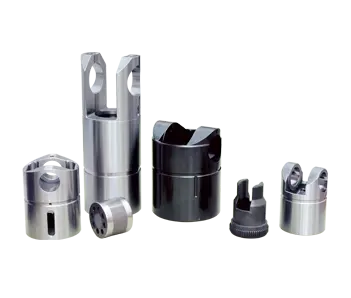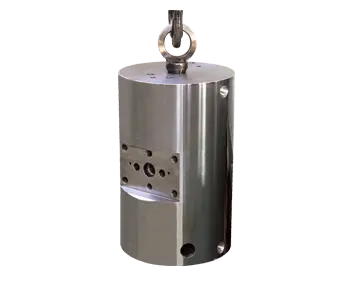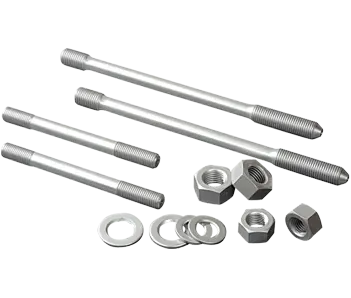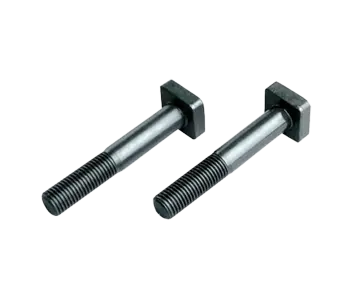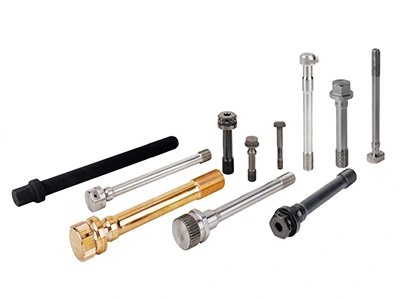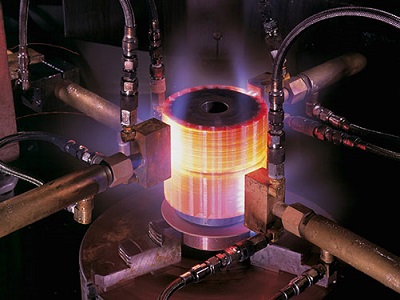
Bolt axial force and pre-tension force are not completely the same concept, but they are related.
Bolt axial force refers to the tension or compression force generated in the bolt due to the torque and pre-tension force acting on the bolt. When the bolt is tightened, the torque and pre-tension force act on the bolt, resulting in axial tensile or compressive force, which is the bolt axial force. Pre-tension force is the initial tension or compression force applied to the bolt before tightening. When the bolt is tightened, the pre-tension force will generate axial tensile or compressive force and compress the connected parts together. The magnitude of pre-tension force is usually determined by torque or tension. Therefore, pre-tension force is one of the causes of axial tensile or compressive force in bolts, and it is also an important factor in controlling axial tensile or compressive force in bolts.
Bolt pre-tension force has a certain relationship with its yield strength. Pre-tension force plays a very important role in bolt tightening and connection, and its magnitude should be sufficient to produce axial tensile force in the bolt, thus ensuring the tightness and safety of the connection. Bolt yield strength refers to the minimum force at which the bolt undergoes plastic deformation or failure when subjected to axial tensile force. If the pre-tension force exceeds the bolt's yield strength, the bolt may undergo permanent deformation or failure, leading to loosening or failure of the connection. Therefore, the pre-tension force of the bolt should be controlled within an appropriate range, neither too large nor too small, and it should be determined according to factors such as the bolt's yield strength, material characteristics, stress state of the connection, and working environment. Typically, the bolt pre-tension force should be controlled within the range of 70% to 80% of the bolt's yield strength to ensure the safety and reliability of the connection.
Bolt yield strength refers to the minimum force at which the bolt undergoes plastic deformation when subjected to axial tensile force. It is usually expressed in units of force per unit area (N/mm² or MPa). When the tensile force applied to the bolt exceeds its yield strength, the bolt undergoes permanent deformation and cannot return to its original shape, and the connection may loosen or fail as a result.
Bolt yield strength is determined by factors such as material characteristics and process conditions. When designing and selecting bolts, it is necessary to choose bolts with sufficient yield strength according to the requirements of the connection and working environment. At the same time, when tightening the bolt, the magnitude of the pre-tension force also needs to be determined based on the bolt's yield strength, to ensure that the bolt can withstand working loads without excessive plastic deformation or failure.
Coating the bolt surface with molybdenum disulfide (MoS2) can reduce the friction resistance during bolt tightening and disassembly, thereby extending its service life. However, the effective time limit of the coating depends on many factors, such as the quality of the coating, the working environment of the bolt, the magnitude of the tightening force, etc. Generally, the effective time limit of the coated bolt surface is usually between 3 months and 1 year. If the bolt is exposed to a humid or high-temperature environment for a long time, or it is frequently subjected to work loads such as vibration and impact, the effective time limit of the coating may be shortened. In addition, if the coating is damaged or worn during use, its effectiveness and lifespan will be compromised. Therefore, when using coated bolts, it is necessary to regularly inspect the condition of the coating based on the actual situation, and reapply or replace the bolt as needed. Furthermore, the type and quality of the coating should also be selected based on factors such as the bolt's working environment and requirements, to ensure that it can achieve the expected effect and have sufficient service life.
